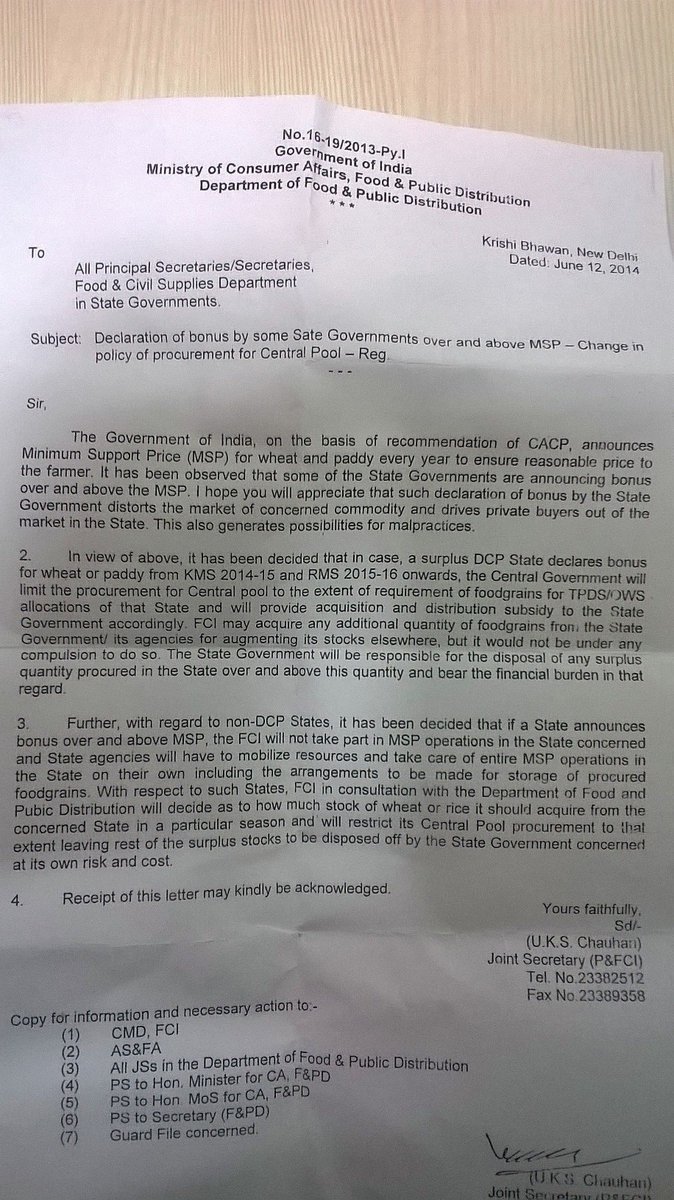
Thread
👇
Reality of Doubling #Farmers Income by Modi Govt by 2022
Dalwai committee formed to double farmer's income ,talked about ‘real’ growth in farmer income & calculated that this would require an annual avg of 10.4% growth in income for 7 years, starting with 2015-16 base.
👇
Reality of Doubling #Farmers Income by Modi Govt by 2022
Dalwai committee formed to double farmer's income ,talked about ‘real’ growth in farmer income & calculated that this would require an annual avg of 10.4% growth in income for 7 years, starting with 2015-16 base.

The #farm household’s avg monthly income of ₹8,059 in 2015-16 is an “extrapolation” of the Situation Assessment Survey (SAS) of 2012-13. The extrapolation was done by the Ashok Dalwai-headed committee (DFI committee) constituted in 2017 to suggest how to double #farmers’ income.
Economic Survey 2021-22, indicated that the avg monthly income per #agricultural household in the country stood at Rs 10,218 in 2019, up from Rs 8,059 in 2015-16, & Rs 6,426 in 2013-14, whereas #farmers income in Jharkhand, M.P, Nagaland, Odisha decreased between 2015-16 to 2019
Factoring a rise of 12% in CPI-rural, (2015-16 to 2018-19), real value of ₹8,059 in 2015-16 is ₹9,034 in 2018-19 i.e. growth in income from ₹9,034 to ₹10, 218 is 13% in 3 years i.e. annual growth of 4.3% against the Dalwai committee’s estimate of 10.4% annual rise for 7 years
So, we do not need to be a rocket scientist, to understand that, when annual increase in farmers income is 4.3% against reqd 10.4% then we can safely say that Modi Govt is nowhere near doubling farmers income, & this is not the farmers saying, this is hard data doing the talking.
• • •
Missing some Tweet in this thread? You can try to
force a refresh












